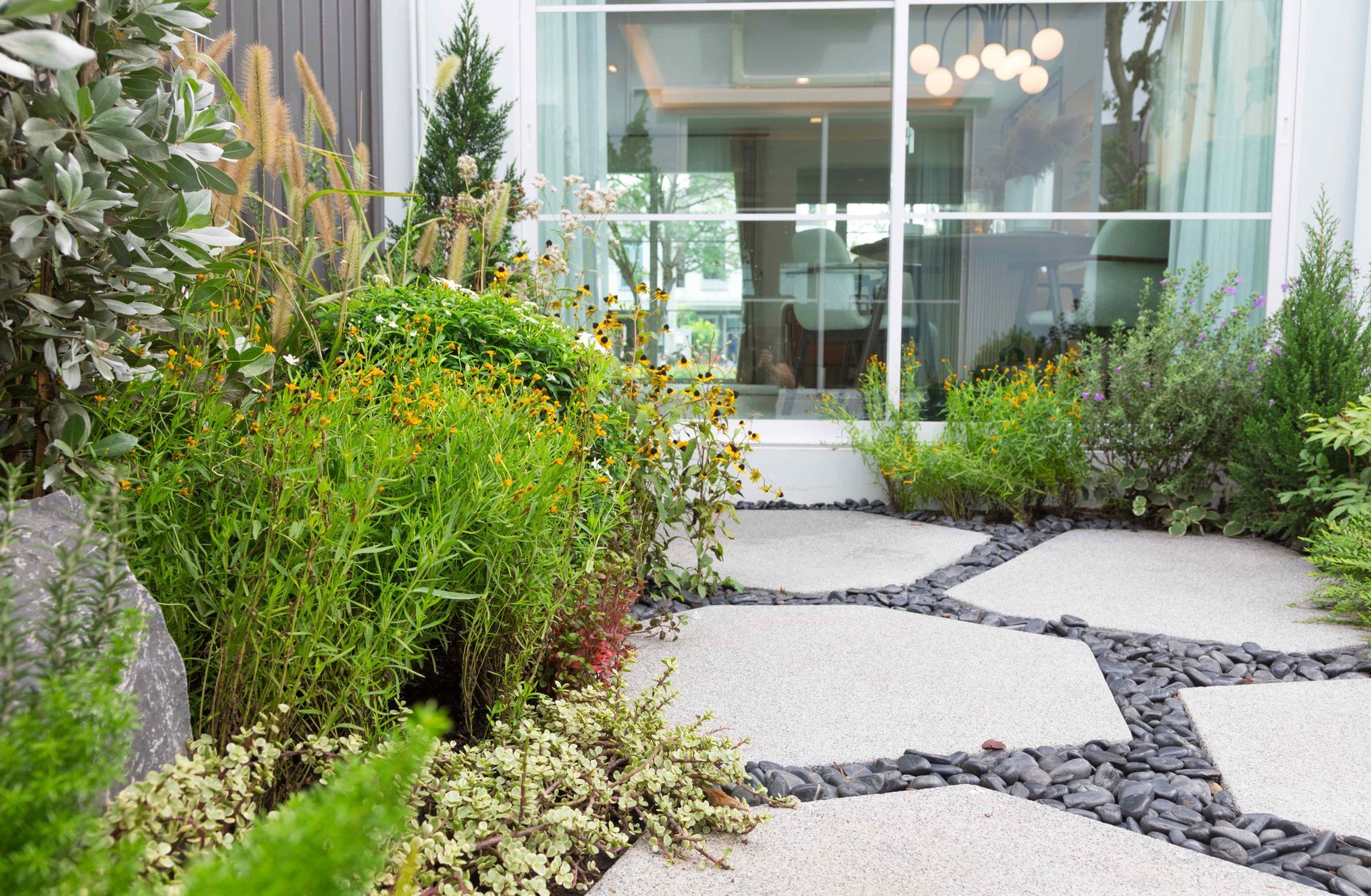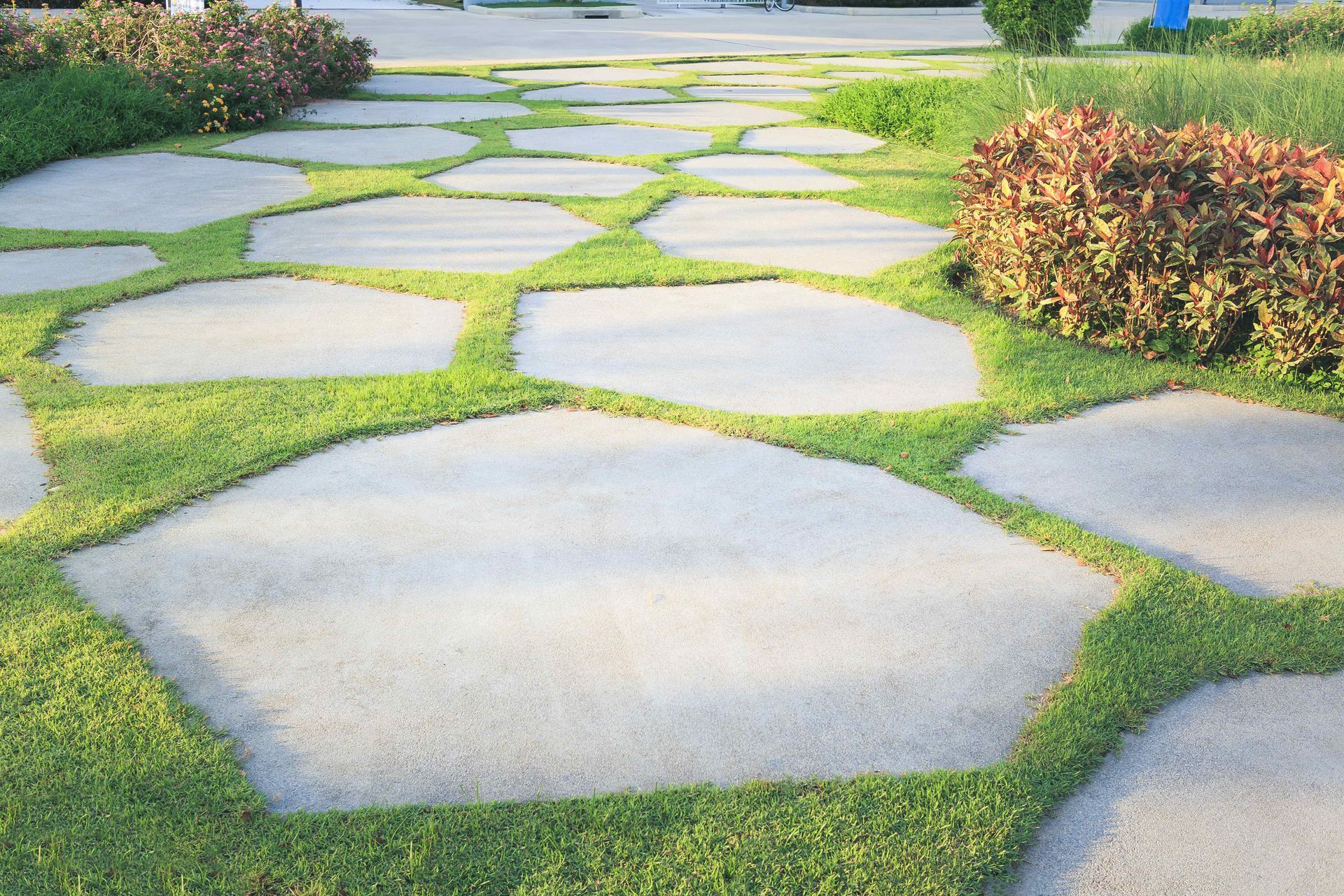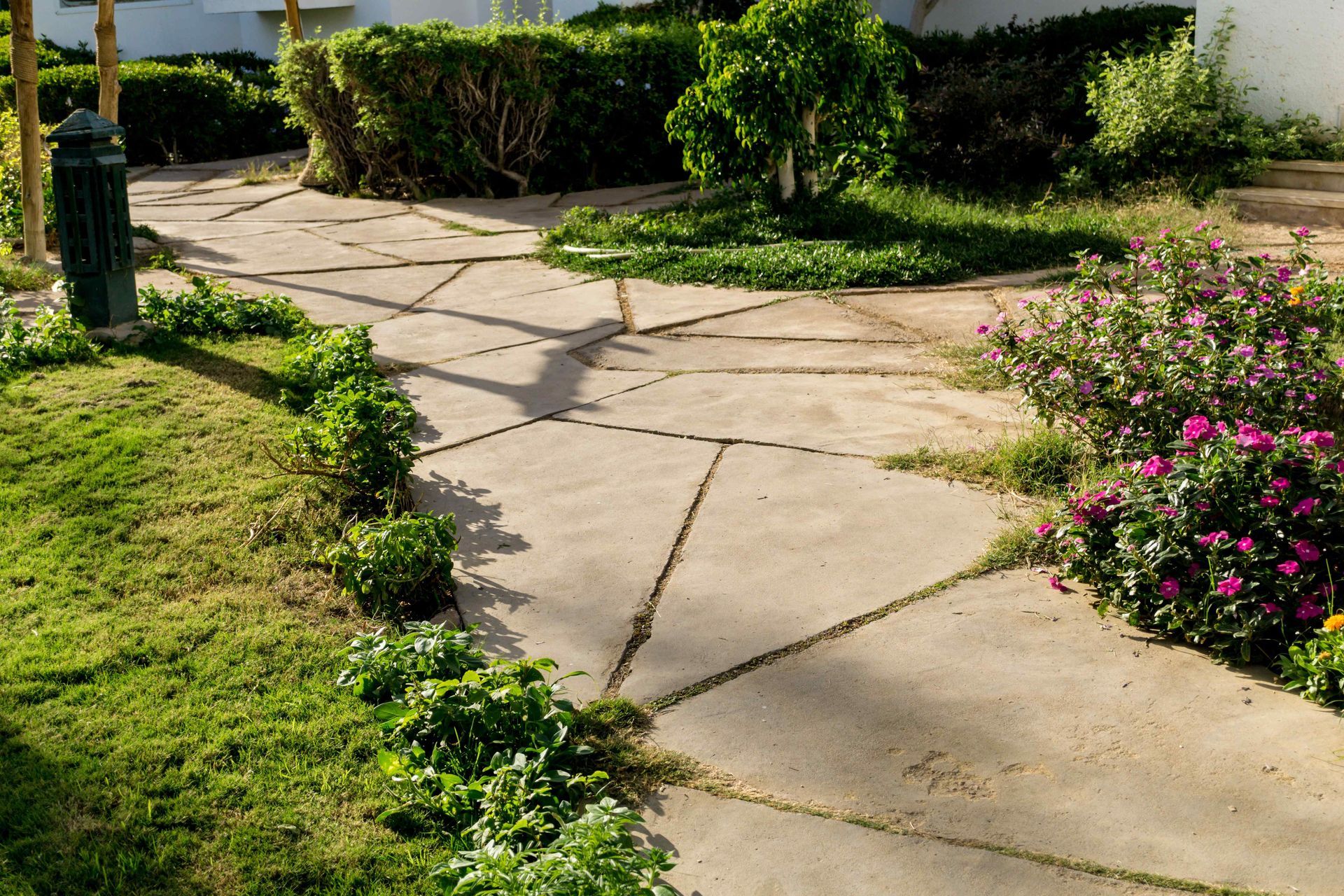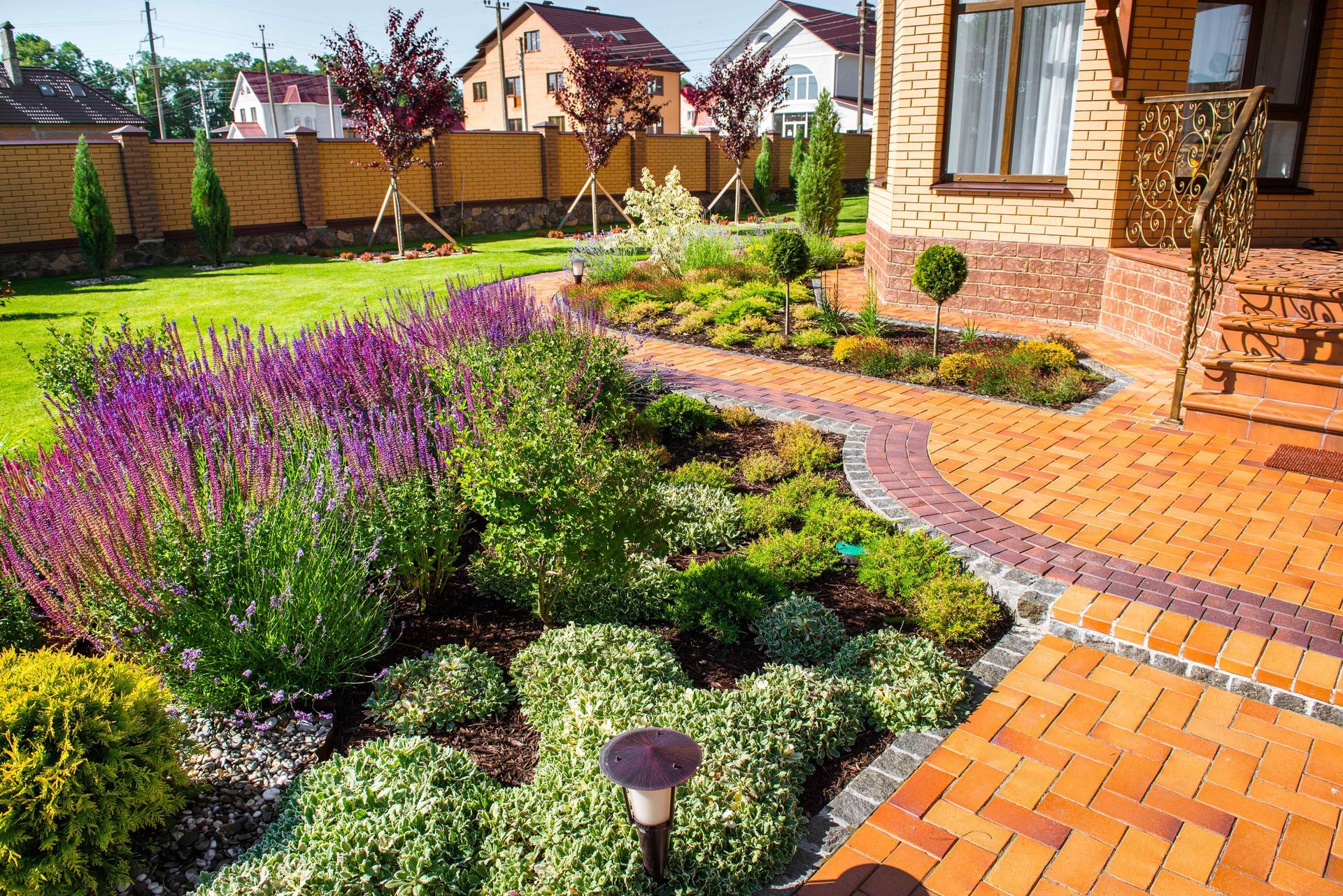Preparing for Outdoor Paver Installation: A Beginner's Step-by-Step Guide
Installing pavers is an excellent way to enhance the beauty of your yard. Whether you're planning a patio or a walkway, proper preparation is essential to ensure long-lasting results. In this guide, we'll walk you through the steps to prepare for outdoor paver installation.
1. Planning and Design
Before you begin the installation process, take time to carefully plan your outdoor paver project. Consider factors such as the shape of the area, the desired layout and pattern of the pavers, and any specific design features or accents you want. Sketch out your ideas and measurements to create a clear project vision.
2. Site Preparation
Once you have finalized your design, it's time to prepare the site for paver installation. Start by clearing the area of any vegetation, debris, or obstacles. Use a shovel, rake, or sod cutter to remove grass, weeds, and existing landscaping materials. Ensure the site is level and compacted to provide a stable base for the pavers.
3. Excavation
Next, excavate the area to the appropriate depth to accommodate the base materials and pavers. The excavation depth will depend on factors such as the type of pavers and local building codes. Typical excavation depths range from 6 to 12 inches, including the base and sand layers, but your exact need may vary.
4. Base Preparation
Prepare the base layer for the pavers by adding and compacting a base material such as gravel. The base layer provides stability, drainage, and support for the pavers. Spread the material evenly across the excavated area, ensuring a uniform thickness. Use a plate compactor or hand tamper to compact the base material, which prevents future settling.

5. Edge Restraints
Install edge restraints along the perimeter of the area to contain the pavers and prevent shifting or spreading over time. Edge restraints can be made of materials such as plastic, metal, or concrete and should be securely anchored to the ground using stakes.
6. Bedding Layer
After the base layer is prepared and compacted, add a layer of bedding material such as coarse sand or stone dust to create a smooth and level surface for the pavers. Spread the bedding material evenly across the base layer.
7. Layout and Pattern
Before laying any pavers, plan the layout and pattern of the paver installation. Experiment with different arrangements and orientations to see what designs you like best. Consider factors such as symmetry, color patterns, and texture to achieve the desired aesthetic for your yard.
8. Installation
Begin laying the pavers according to your layout plan. Place each paver individually, leaving enough spacing between pavers for joint sand or mortar. Use a rubber mallet or hammer to carefully tap the pavers into place, ensuring they are level and aligned with adjacent pavers. Continue laying pavers until the entire area is covered.

9. Cutting and Shaping
Cut and shape pavers as needed to fit irregular edges, curves, or corners. Use a paver saw or other specialized equipment to make precise cuts. Take accurate measurements and mark cutting lines on the pavers before cutting to ensure a clean and professional finish. Be careful while cutting pavers. If you don't use the right type of saw, the entire paver could crack and become useless.
10. Jointing and Sealing
Once all of the pavers are installed, fill the joints between them with joint sand or another type of paver mortar. Sweep the sand into the joints and compact it using a broom or vibratory plate compactor. This helps stabilize the pavers and prevents weed growth between them.
Conclusion
Preparing for paver installation requires careful planning, site preparation, and attention to detail. By following these steps and guidelines, you can ensure a successful and long-lasting project that enhances the beauty of your landscape. Whether you're creating a patio or a walkway, proper preparation is key to achieving professional results and enjoying your pavers for years to come. And remember, if you don't feel comfortable installing pavers yourself, most landscaping companies offer paver installation services.
You might also like


Contact us now and let's embark on this exciting journey together.
Ready to elevate your outdoor living experience? Contact Premier Gilbert Landscaping today and schedule your consultation. Let us create a landscape that reflects your style, enhances your life, and brings beauty to every moment you spend outdoors.
Remember, your outdoor dreams are just a call away.
All Rights Reserved | Premier Gilbert Landscaping
Powered by webpro.ai


